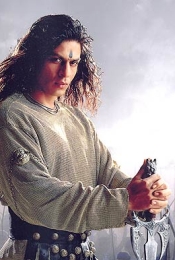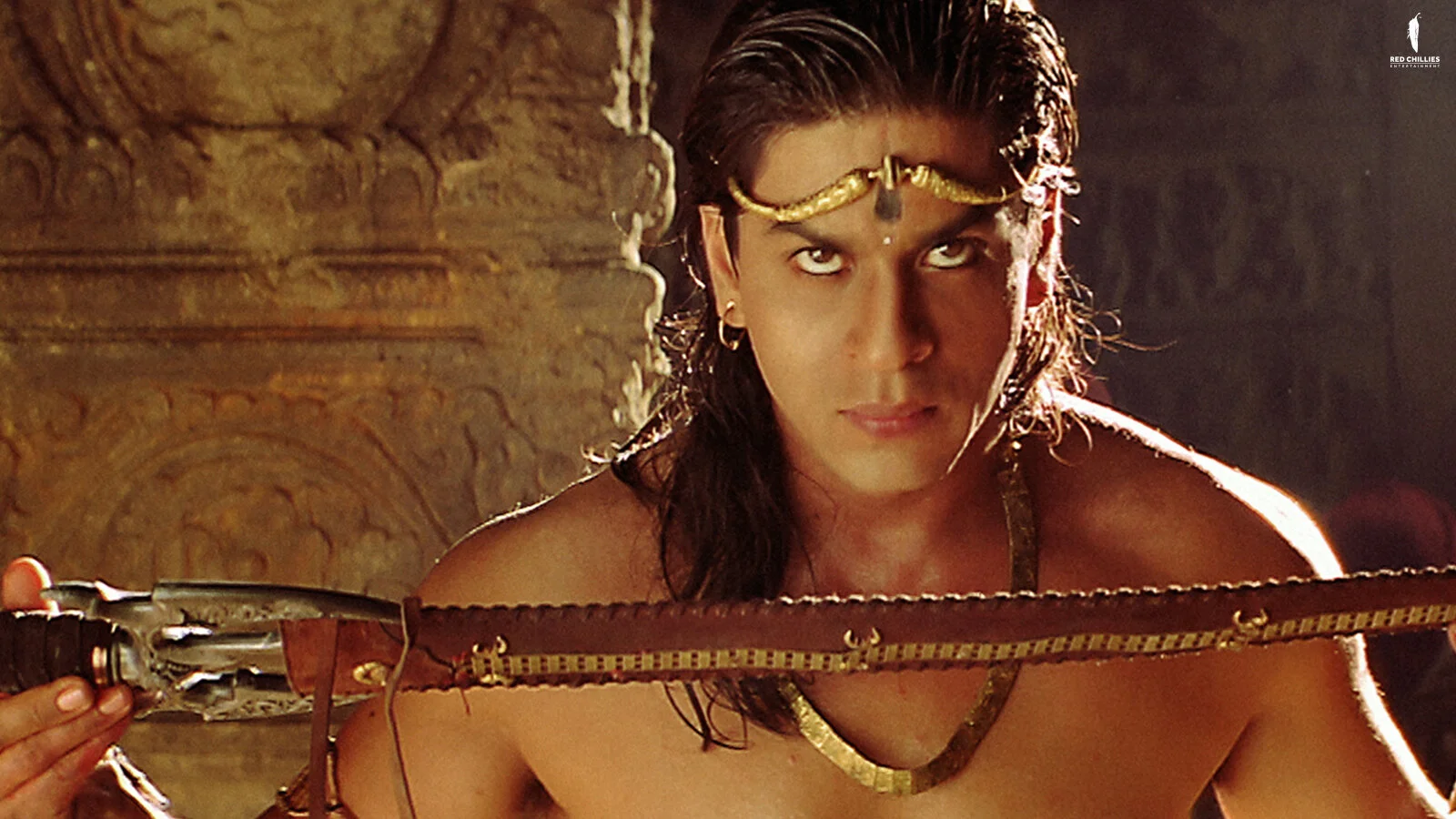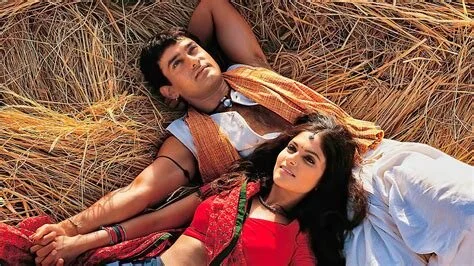Santosh Sivan's “ASOKA”
Movie review by Dennis D. McDonald
This epic film by Santosh Sivan (The Terrorist) follows the historic emperor Asoka as he brutally unites ancient India through warfare, then recants and proselytizes Buddhist philosophy after seeing the errors of his power hungry ways. His road is littered with broken hearts, family infighting, murder, massive battles, and tragedy.

Sometimes the movie seems like a legend comes to life, which is partly the intention if you listen to the DVD documentary. There the director and screenwriter discuss storytelling when the hero is a legendary historic figure whose chief remaining written legacy is carved in stone throughout India as Buddhist moral and civil admonishments.
Historically, not much is really known about Asoka the man. The way his life and personality are portrayed here, we feel that we are catching a glimpse of a very, very different time. It does feel like a legend come to life as we watch, for example, as young Asoka retrieves his grandfather’s sword from the river after being admonished to lose this “demon sword.”
It helps that the art direction, costumes, sets, and photography are superb. Some images are stunning, and the constant jump cutting and camera movement are unusual in such a large film. As is customary with Bollywood films, characters break into song and dance, sometimes at the most unexpected moments. The songs and dancing are pleasant, but not on the level of a Lagaan, Dil Chahta Hai, or Dil Se.
One disappointment is the quality of the swordfighting; for such an historic epic, the sword work in films like Lord of the Rings or Master and Commander is far superior. On the other hand, the characters and performances in this film are universally excellent. Actress Kareena Kapoor (Omkara) alternates smoldering beauty with the pangs of a broken heart, while stalwart companion Danny Denzongpa finally rebels after years of faithful service in the face of Asoka’s crazed empire building.
Shah Rukh Khan (Dil Se) plays Asoka with passion and zeal. He alternates between warmth, treachery, tears, anger, and maniacal passion. He is Melodramatic with a capital M – which is perfect for a movie and character of this size and scale.
Finally, this film contains some of the most haunting and terrible visions of a post-battle landscape as Asoka wanders the battlefield of Kalinga, sees Hell in the horrors he has unleashed, and glimpses the Buddha at the moment of his greatest sorrow. It is as affecting a scene as I have seen in the movies and well worth the time it takes to get there.
Review copyright (c) 2006 by Dennis D. McDonald


